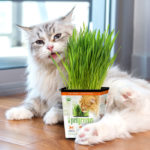Is Your Indoor Cat Bored or Stressed? A Magical Plant Called Catnip Can Help.
Blog by Laura Carroll, Pet Greens staff and bona fide crazy cat lady
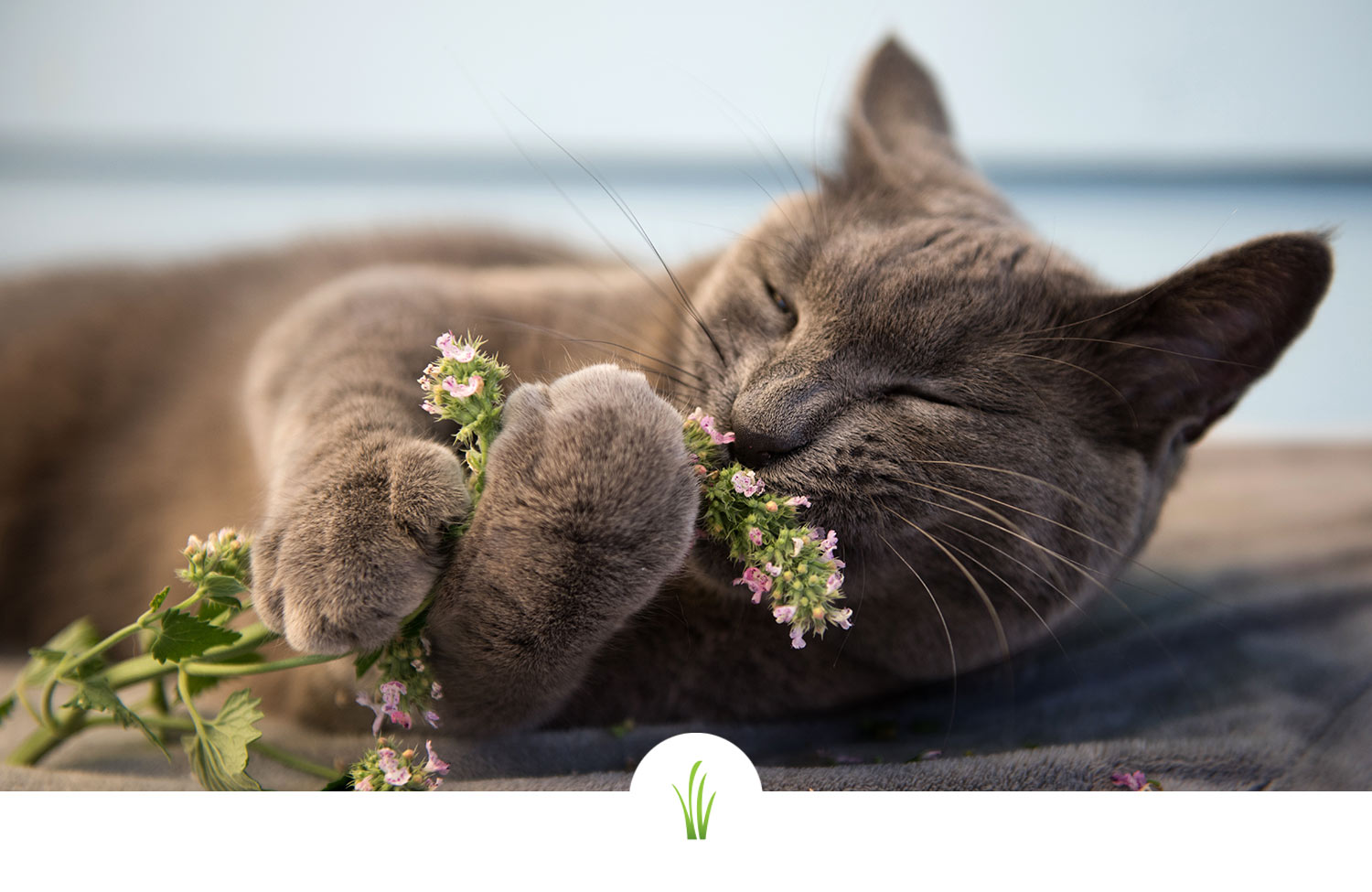
Let’s face it—your indoor cat is living the dream. Cozy naps, window sunbathing, gourmet treats on the regular... But even the most pampered kitty needs a little spark of excitement from time to time. That’s where fresh catnip comes in!
What Is Catnip?
Catnip (Nepeta cataria) is a leafy green herb from the mint family. It contains a natural compound called nepetalactone, which triggers a cat’s neurological pathways, mainly through olfactory stimulation. This affects the behavior of many cats in playful, energetic, and often hilarious ways. But catnip isn’t just for fun—it has genuine wellness benefits for indoor cats when used properly, and sometimes its effects aren’t readily noticeable.

The Many Benefits of Catnip
1. Natural Stress Relief: A Simple, Feel-Good Solution
Indoor cats can experience stress due to limited space, lack of stimulation, the shenanigans of other pets in the home, or changes in their environment. Catnip acts as a natural mood enhancer, helping anxious or shy cats feel more relaxed and open to interaction. This is one of the ways in which catnip can have a positive effect that may not be immediately discernible, leading some researchers to suggest that subtle responses may mean more cats are affected than previously thought, even if they don’t show the classic zoomies. Offering catnip during stressful times can help ease transitions like vet visits or moving to a new home.
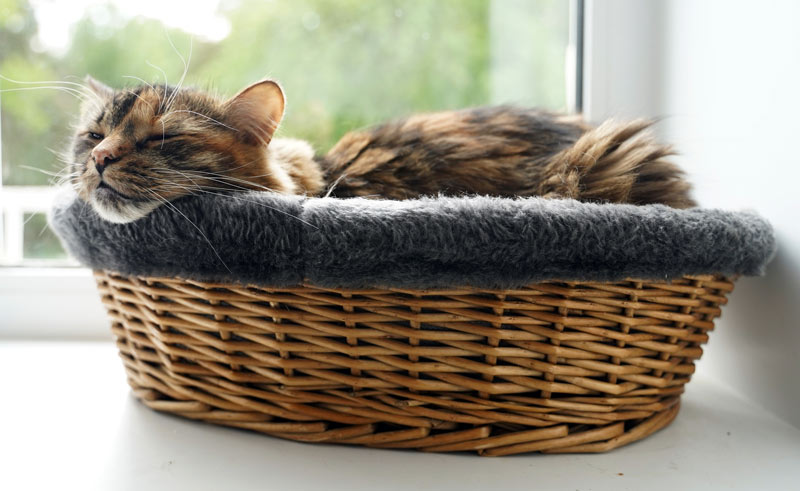
Pro Tip: Try rubbing a few leaves of live catnip inside your cat’s carrier or on their favorite bed to produce a calming effect.
2. Bring On the Zoomies – And Let the Games Begin!
One of the biggest challenges for indoor cats is staying physically active – they are the original couch potatoes! When cats catch a whiff of fresh catnip, they often spring into action: rolling, leaping, pouncing, and chasing imaginary mice—mimicking the instinctive hunting behavior your cat would use in the wild. This boosts physical activity, which is essential for maintaining a healthy weight and joint mobility. Catnip has even been shown to stimulate appetite, which can be helpful if your cat is feeling a bit “off its feed.”
Pro tip: Rub fresh leaves on toys, tunnels, or cat trees to turn ho-hum everyday spots into excitement zones.

3. Mental Stimulation: The Best Kind of Enrichment
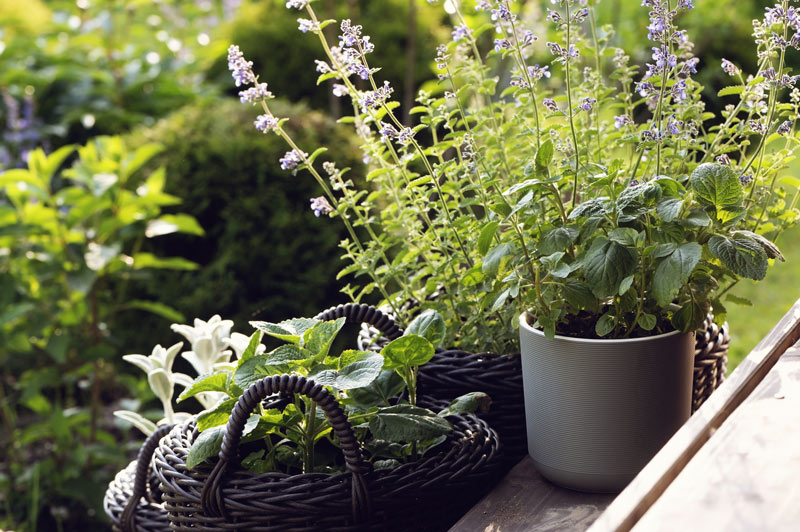
Indoor environments can be a little same-y, leading to boredom. Catnip introduces an element of novelty and enrichment, which keeps your cat mentally sharp. Offering catnip a few times a week can add variety to their routine, preventing behavioral issues caused by apathy. Be sure to place the catnip plant out of reach (or outside, but not in the fridge) between uses to give the cats a break from time to time throughout the week. This will prevent overstimulation or desensitization: if it’s always accessible…well, boredom, as noted above, will ensue.
4. Supports Healthy Habits – an Effortless Training Aid
Pro tip: Trying to get your cat to love their new scratching post or bed? Catnip can help! Many cats are naturally drawn to the scent and will return to places associated with enjoyment. Just a few rubbed leaves can turn 'meh' into magic. This is a great way to reinforce positive habits without stress.
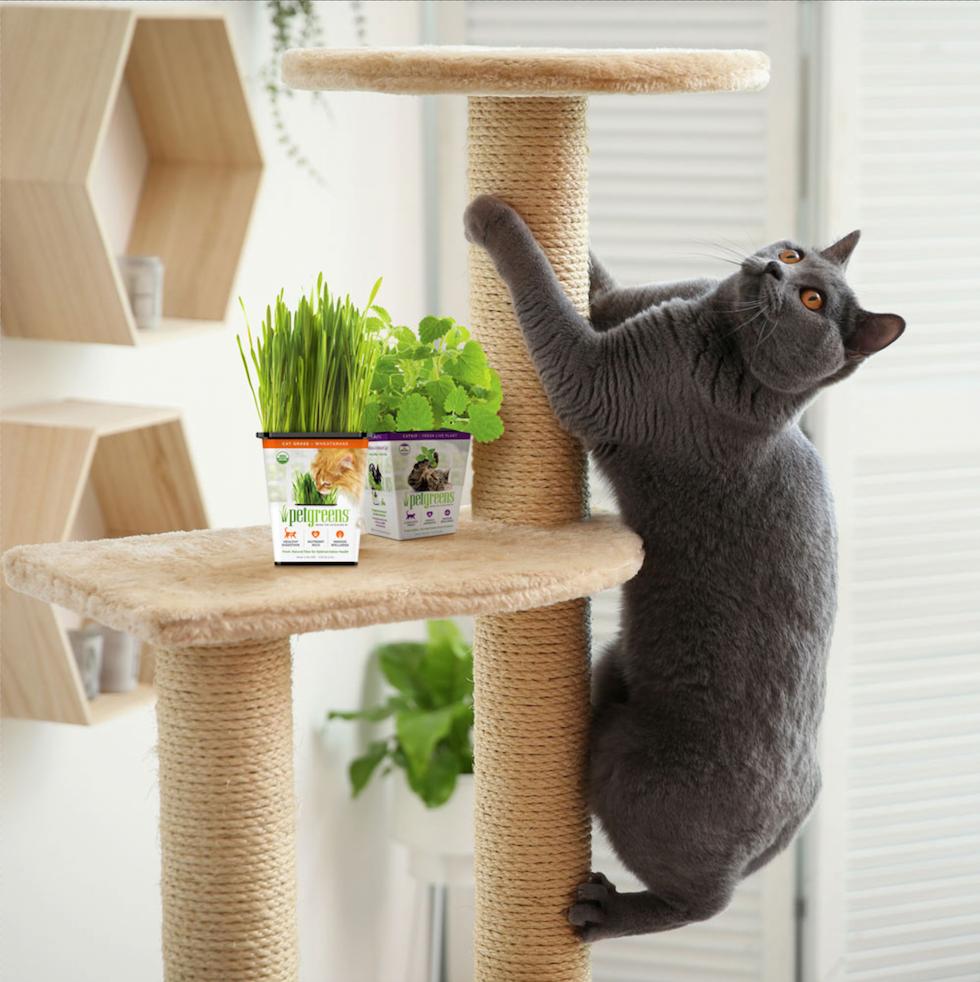
5. All-Natural, Chemical-Free and Non-Addictive
Why buy dry? Get live! And be sure to specifically look for live catnip plants that are grown without harmful chemicals, so you can feel confident about bringing it into your cat’s space. That way it’s not dried or processed—just fresh, green goodness the way nature intended – this is catnip in its most potent form. Many cats like to chew on or even eat a leaf or two, and the fresh, tender leaves are so much gentler on your cat’s mouth than the harsh, prickly sticks of the dried variety. And don’t worry – they might go wild for a few minutes, but it’s completely harmless and non-addictive. Just bear in mind that eating too much of any type of greens might upset tummies that aren’t used to it – as with all things, moderation is key.
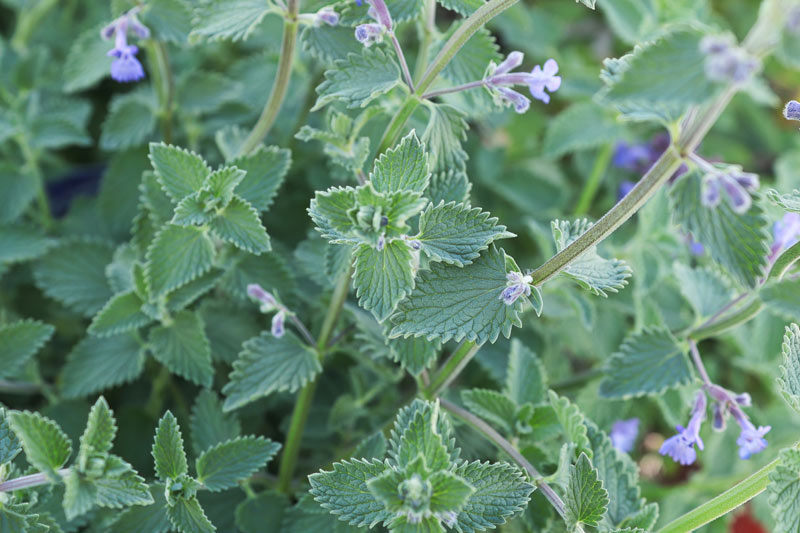
Pro tip:Live catnip plants can be repotted for a continuous, year-round supply. Treat like any houseplant and provide adequate light, water about twice a week, and pinch back the scraggly stems (and share the trimmings with your kitties) to encourage fuller growth. Catnip plants can even be started from seeds (with a bit of patience!)
A Science-y Note on "the Catnip Gene":
Why Some Cats Don’t Seem to React to Catnip

If your cat doesn’t respond to catnip, don’t worry! Scientists believe about 60 to 70% of cats carry the “catnip gene” (it’s not actually just one gene, but it’s often referred to that way.) And sometimes cats are getting benefits from smelling or eating catnip, just not in the bonkers way we’ve come to expect. Interestingly, age also matters. Kittens under six months old typically don't respond to catnip - their sensitivity develops as they mature.
Here's some in-depth information on the subject from Compound Interest’s article, for your nerdier cats.
Alternatives for Catnip Non-Responders: Other Options
So, if catnip doesn’t seem to have an effect, here are some other plant-based solutions that might do the trick:
- Silvervine (Actinidia polygama): Contains actinidine, which has a different chemical structure but can elicit similar reactions in cats.
- Tatarian Honeysuckle (Lonicera tatarica): Offers a woody scent that some cats find appealing.
- Valerian Root (Valeriana officinalis): Known for its calming effects, it can also stimulate playful behavior in some cats.
These alternatives can be rubbed on toys, scratching posts, or cat trees to provide enrichment for cats who don't react to catnip.
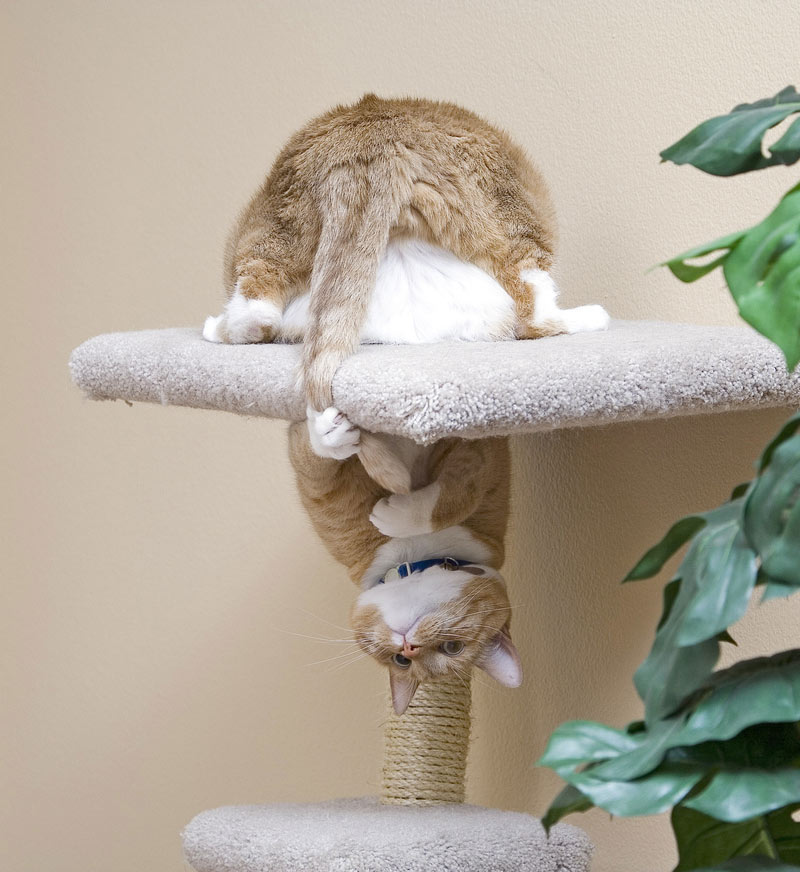
Final Meow
Fresh catnip is more than just fun—it’s a plant-powered way to boost your indoor cat’s happiness, activity, and well-being. From stress relief to playful enrichment, it’s a small leaf with big benefits.
At Pet Greens, we’re proud to offer fresh, all-natural catnip as part of our mission to help pets live their happiest, healthiest and greenest lives. Look for our pre-grown, live catnip plants in PetSmart, Petco, Pet Supplies Plus, Mud Bay, Pet Supermarket and many other small chain and independent pet specialty stores – delivered fresh weekly!
